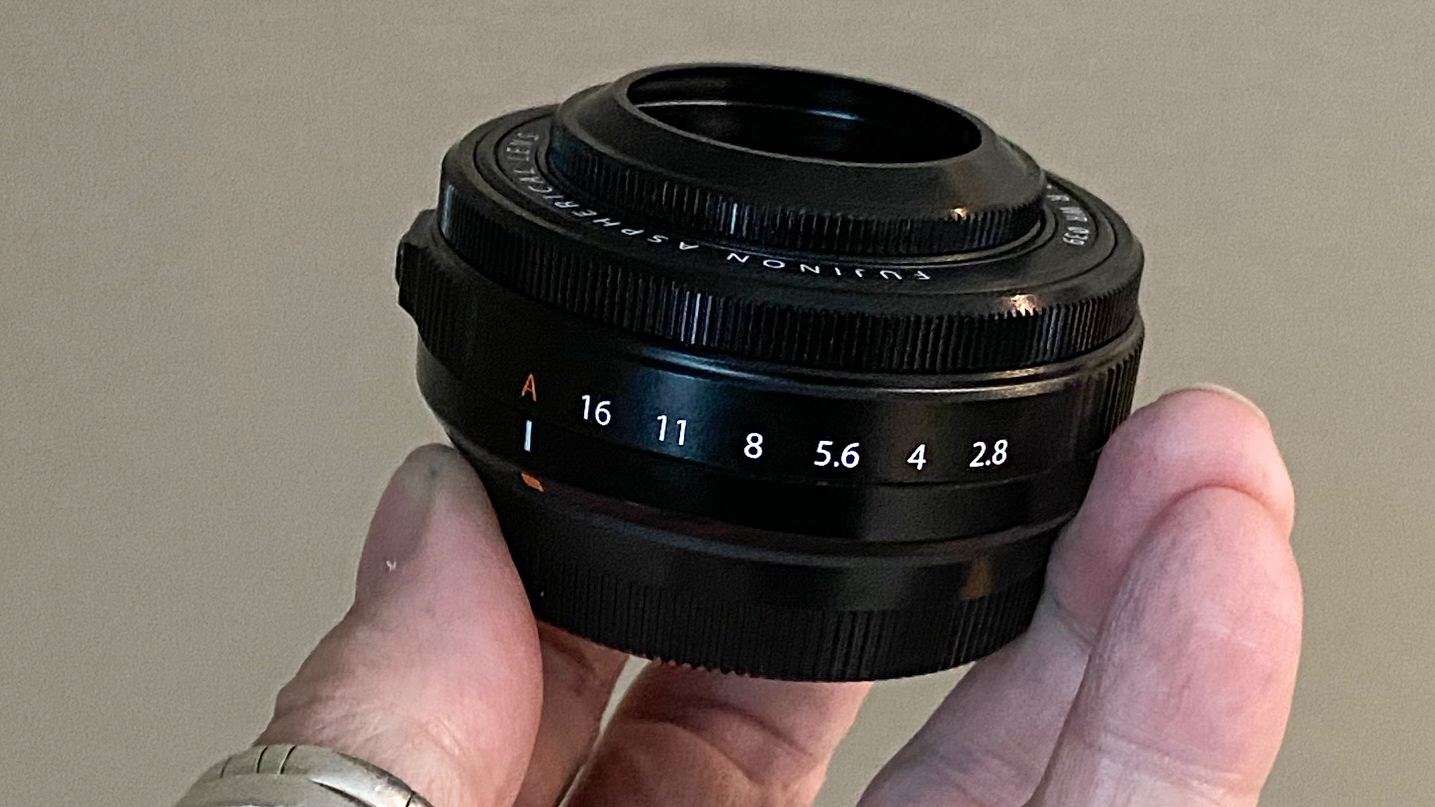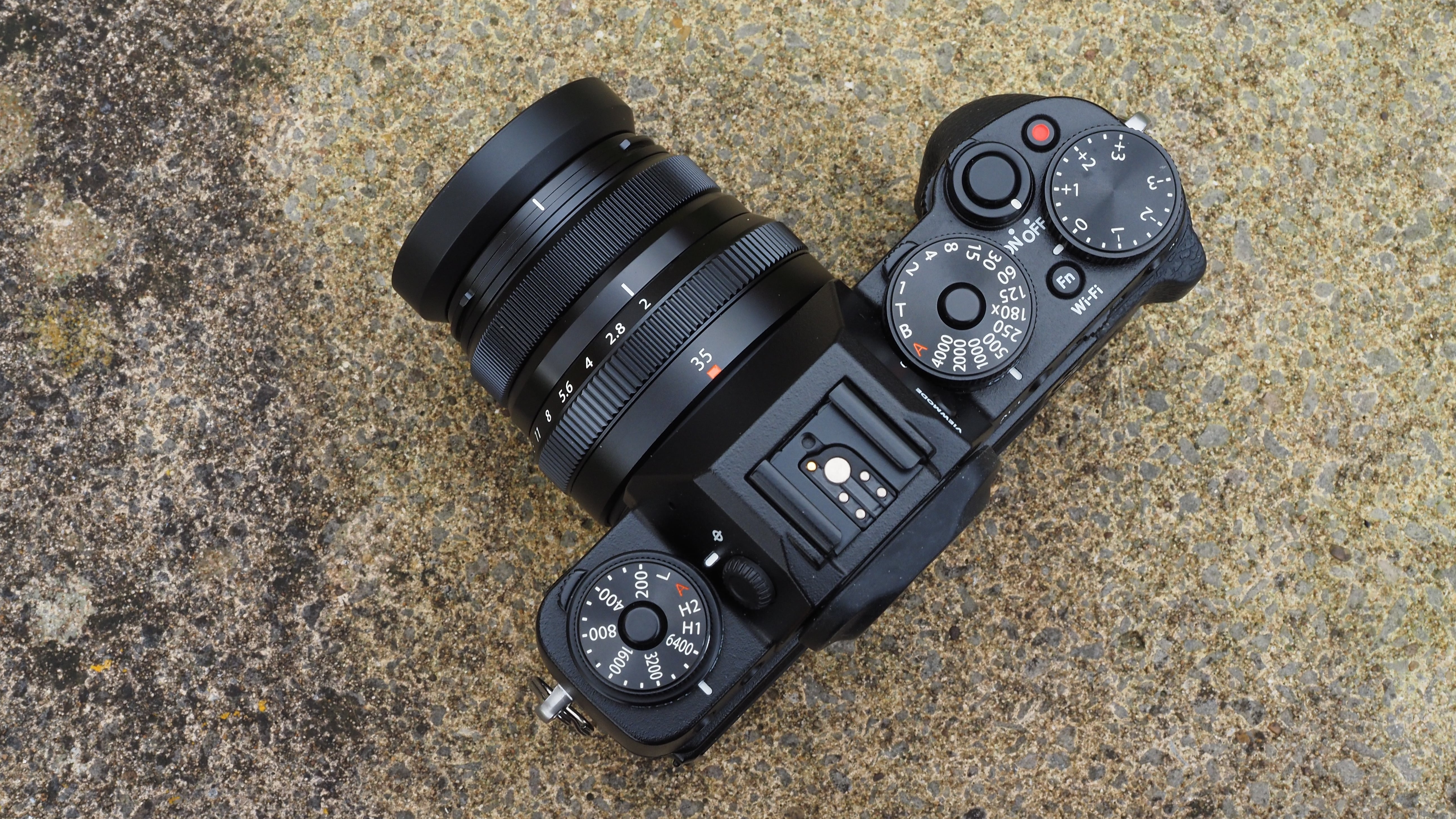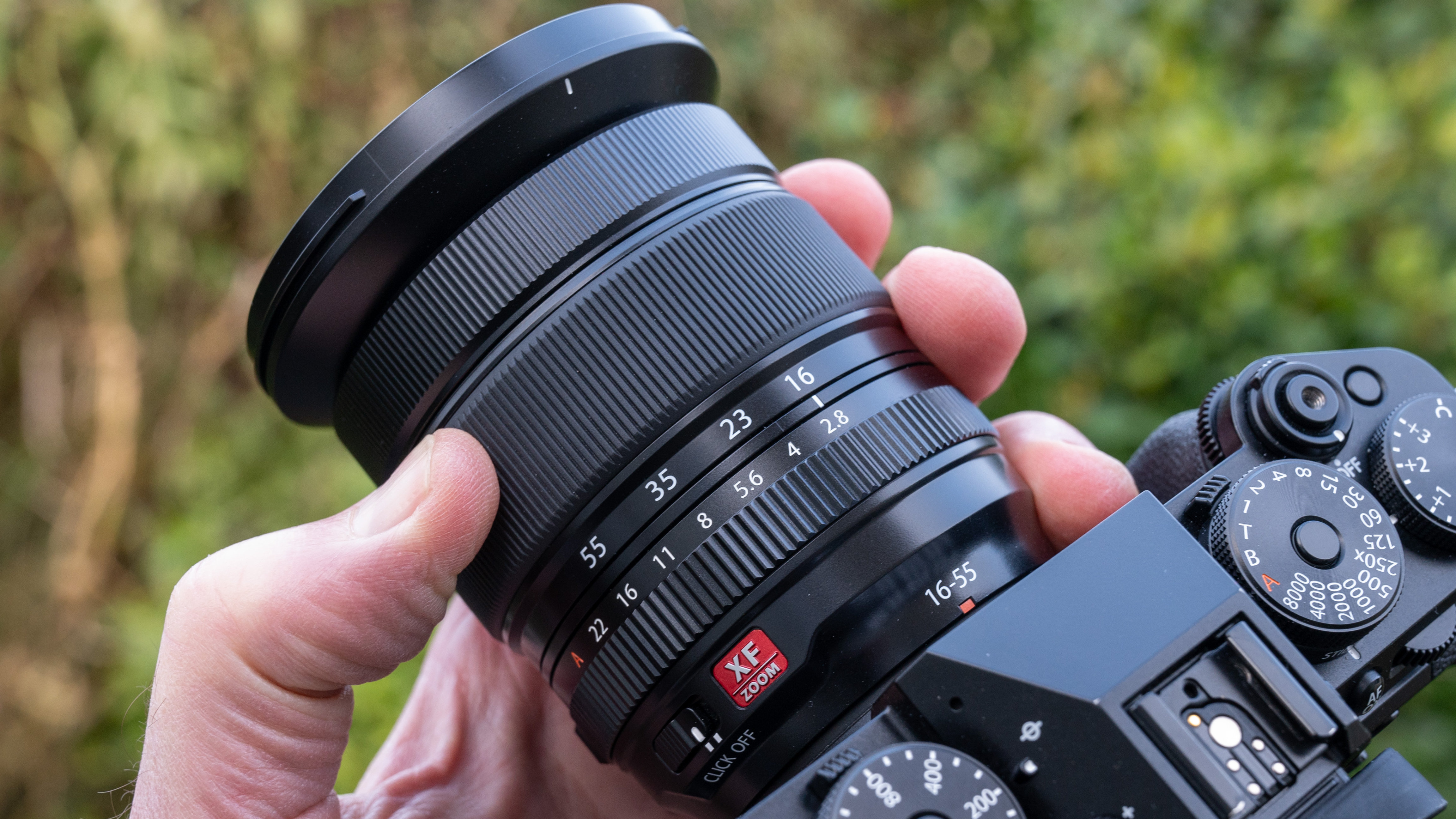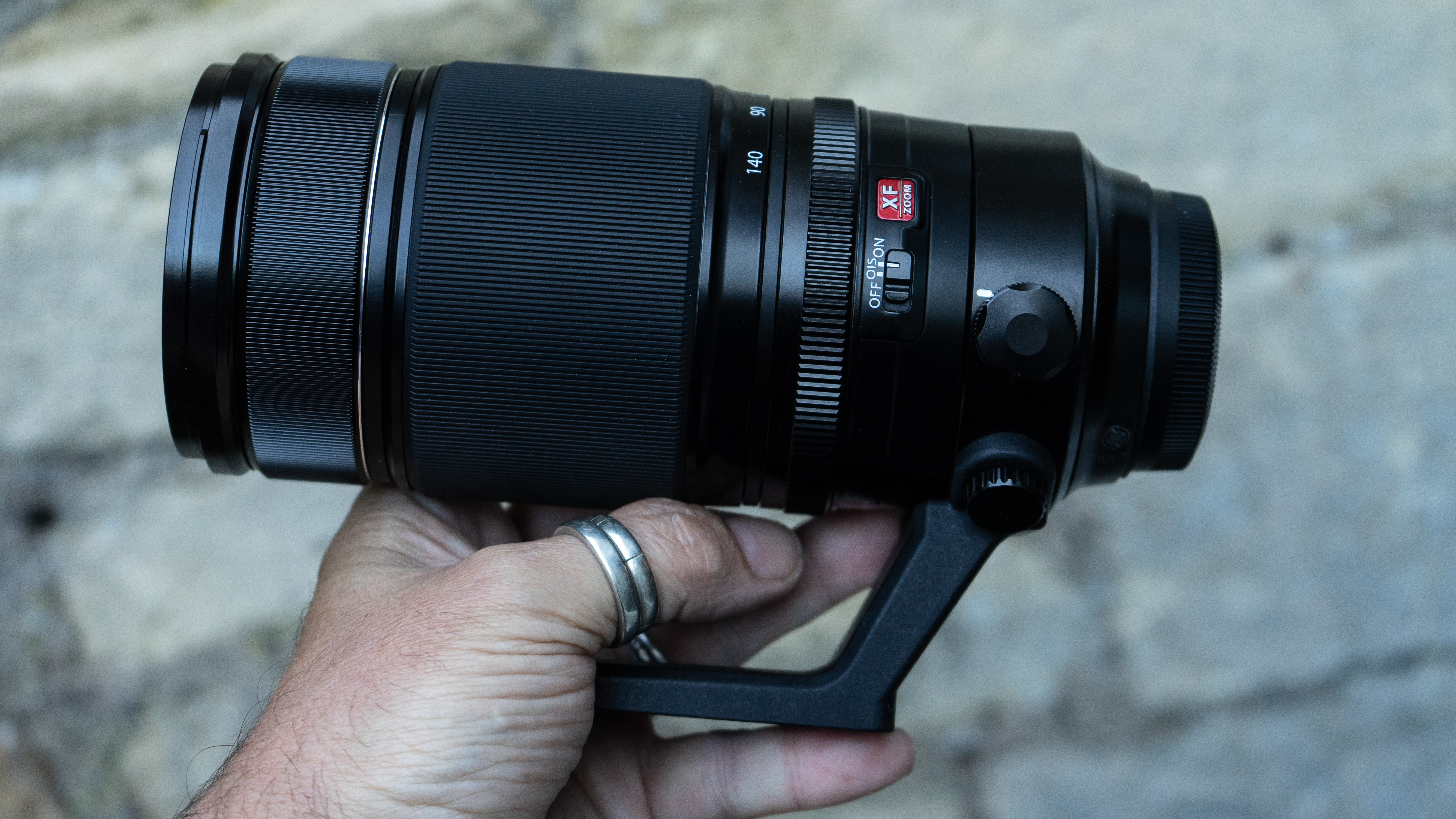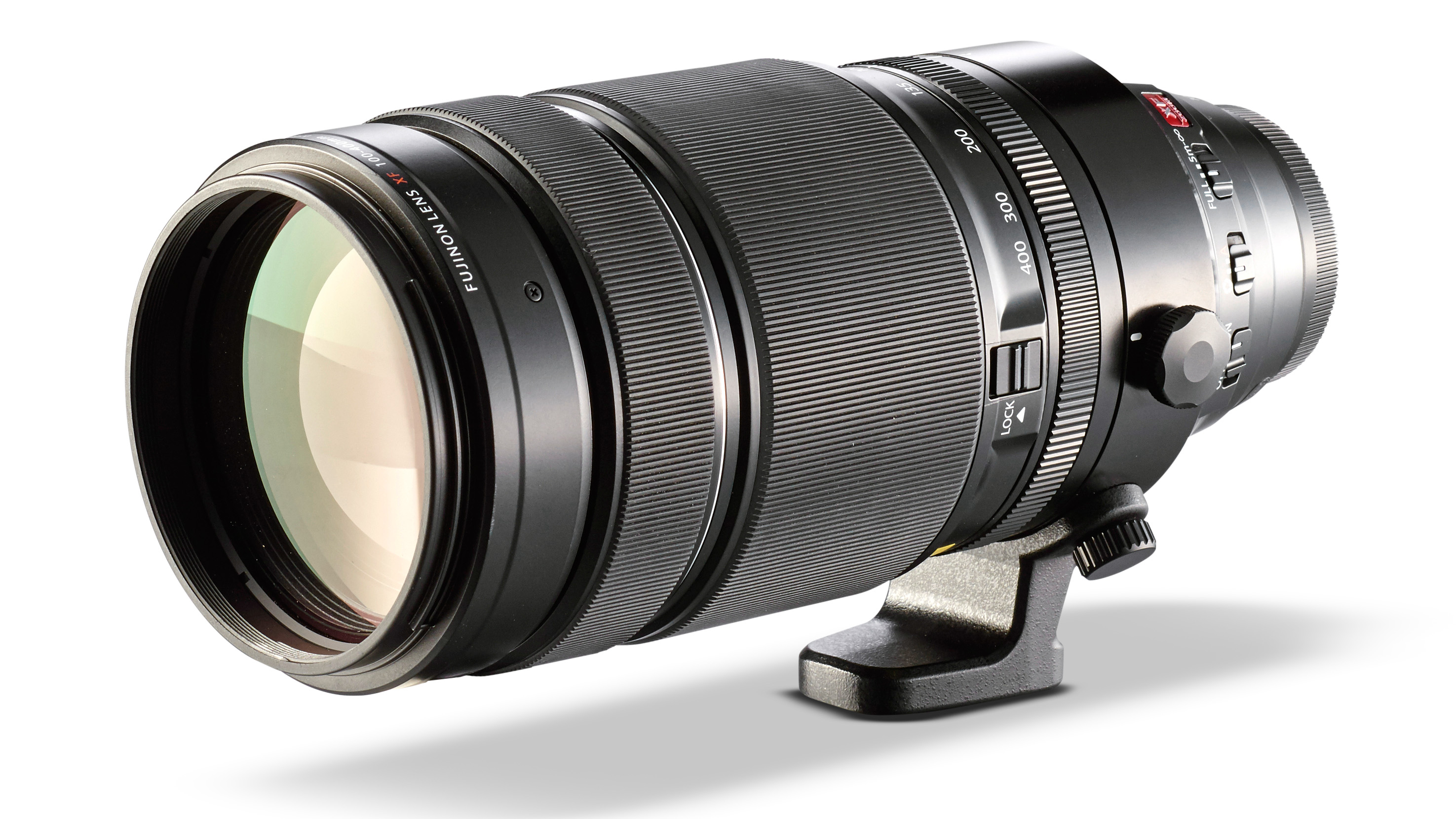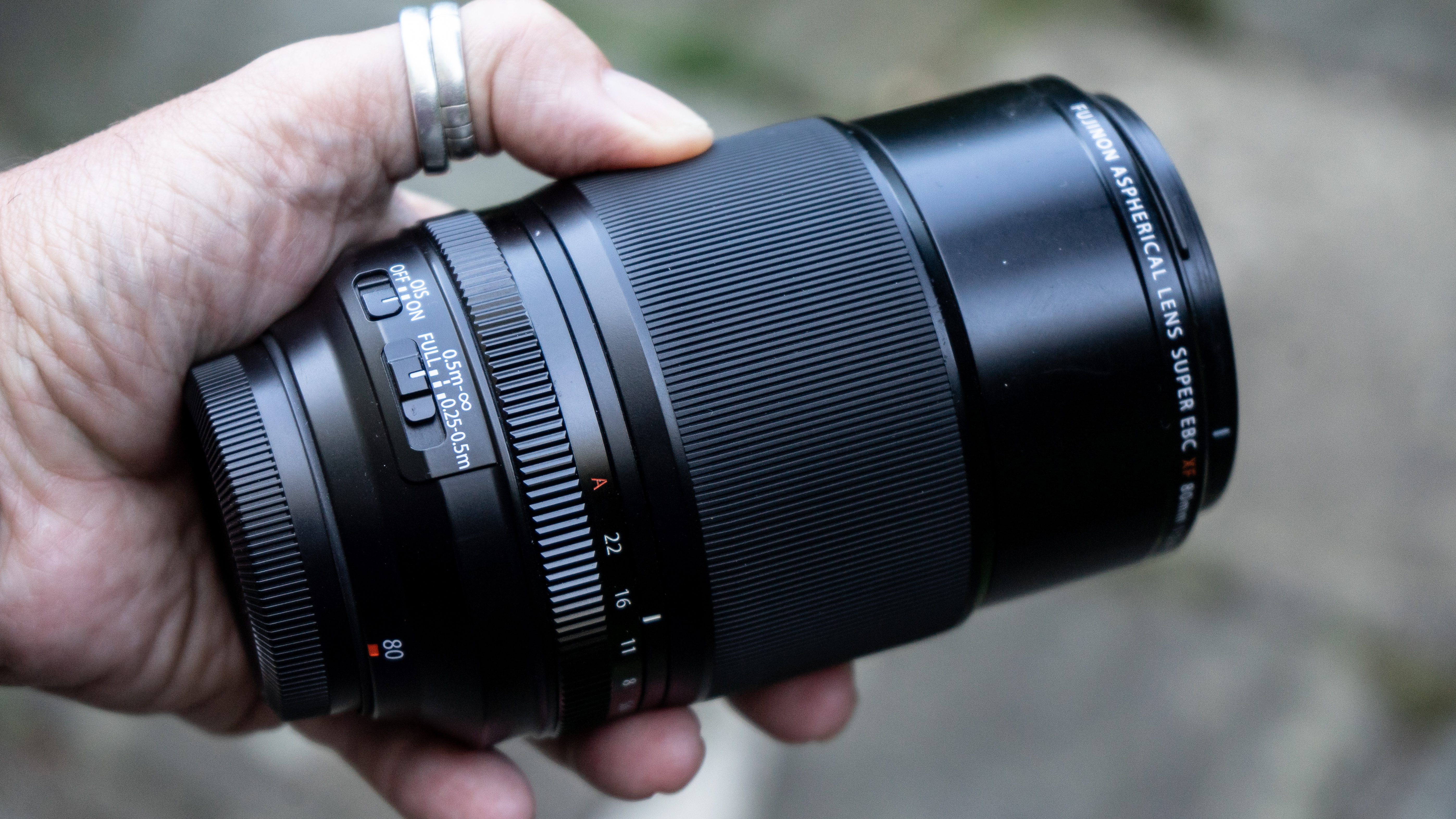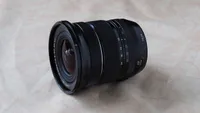The best Fujifilm lenses: the best zoom & prime lenses for X Series cameras
We list the best Fujifilm lenses for all kinds of photography, whether you're into travel, close-ups, wildlife or portraits
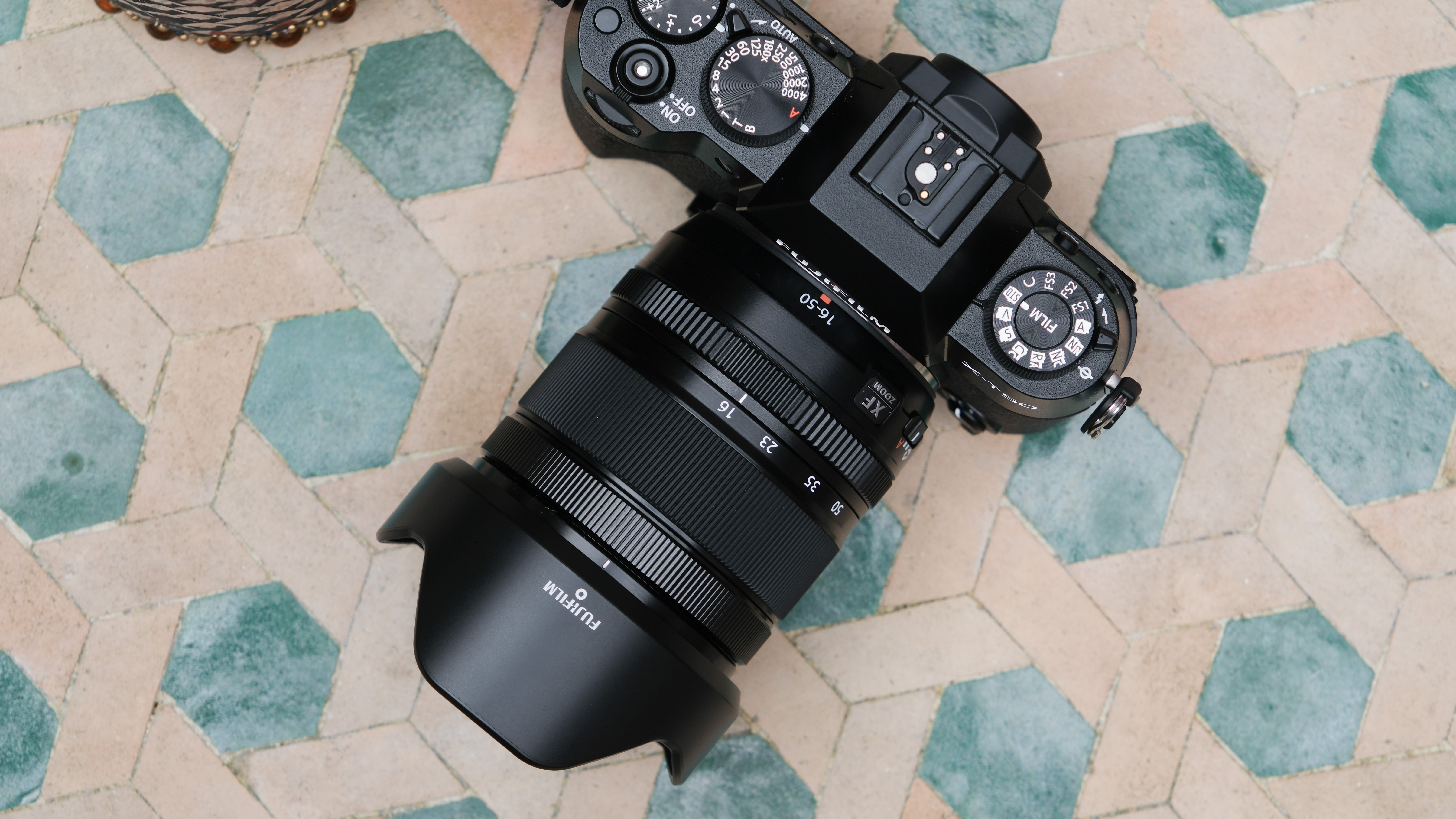
The best Fujifilm lenses are some of the finest lenses in all of photography. The X-mount glass has a reputation for being pin-sharp, highly reliable, and durably built. Whether you want to excel at photography, videography, or a little of both, the best Fujifilm lenses will help you get the most out of your Fujifilm camera.
In this guide, we've included the best zooms and primes for Fujiflm X-series mirrorless cameras. It's worth noting that we're just focusing here on Fujifilm's APS-C range – if you're using GFX medium-format cameras, check out our guide to the best Fujifilm GF lenses instead.
Fujifilm cameras are some of the best mirrorless cameras you can buy, and with more and more super-sharp lenses arriving, there's never been a better time to invest in the system. It has a decade of pedigree, and the future looks bright.
As such, get ready for a long list of lenses! We've divided it into sections to make it more navigable, so whether you want a wide-angle zoom a standard prime or a powerful telephoto, you'll be able to find it. Scroll down and let's get started...

Gareth is the Reviews Editor at Digital Camera World and the person in charge of approving all the latest camera-related tech. A Fujifilm fan, he uses a Fujifilm X-T5 as his main camera, alongside the best lenses on this list.
The Quick List
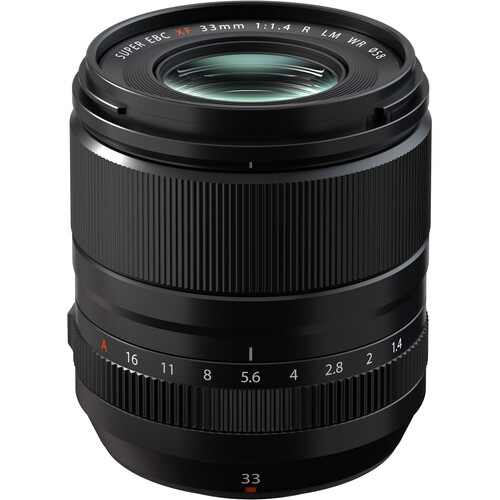
This is the more premium version of a nifty fifty for X-mount cameras. With a big f/1.4 aperture and excellent-quality optics, you can capture stunning portraits, street scenes, or just about anything.

The best lens for street photographers shooting on X-mount cameras is the XF 27mm pancake lens. The perfect length for getting a whole street scene in frame, but narrow enough that you can still focus around a subject – plus it's super discreet.

The XF 35mm f/2 R WR from Fujifilm is a more affordable and lighter street lens than its f/1.4 cousin. While it's restricted to f/2, the image quality is impressive, and autofocus is fast. It's also lightweight, weather-sealed, and feels great to use with its metallic build and tactile aperture ring.

Fujifilm's second-generation standard lens offers the best image quality for pro photographers, backed up by a wide f/2.8 aperture for low light shooting and more pleasing backgrounds, as well as silent autofocus – and is much smaller and lighter than before.
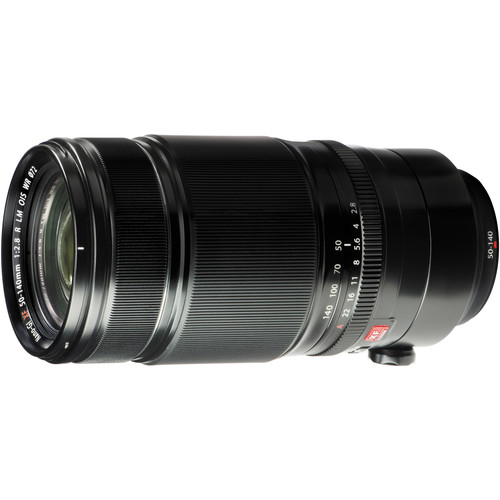
This is Fujifilm's version of the 70-200mm f/2.8 which is the go-to professional telephoto lens for almost every other camera system since its inception. This lens has a big aperture for pleasing background blur and sharp image quality.

If you are only going to take one lens traveling with you, then it should be this one. This superzoom lens is the equivalent of a full-frame 27-202mm you can take everything from wide landscapes to close-up pictures of nature without having to change lenses.
View the full list...
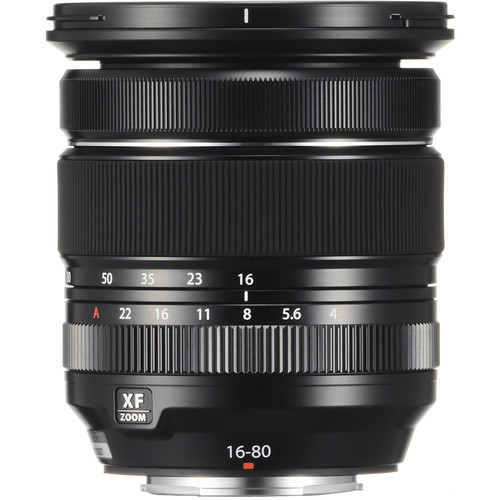
While Fujifilm's 18-55mm kit lens is one of the best in the biz, this 16-80mm is a step up in range and image quality. With the constant f/4 aperture it is also easier to get consistent shots.
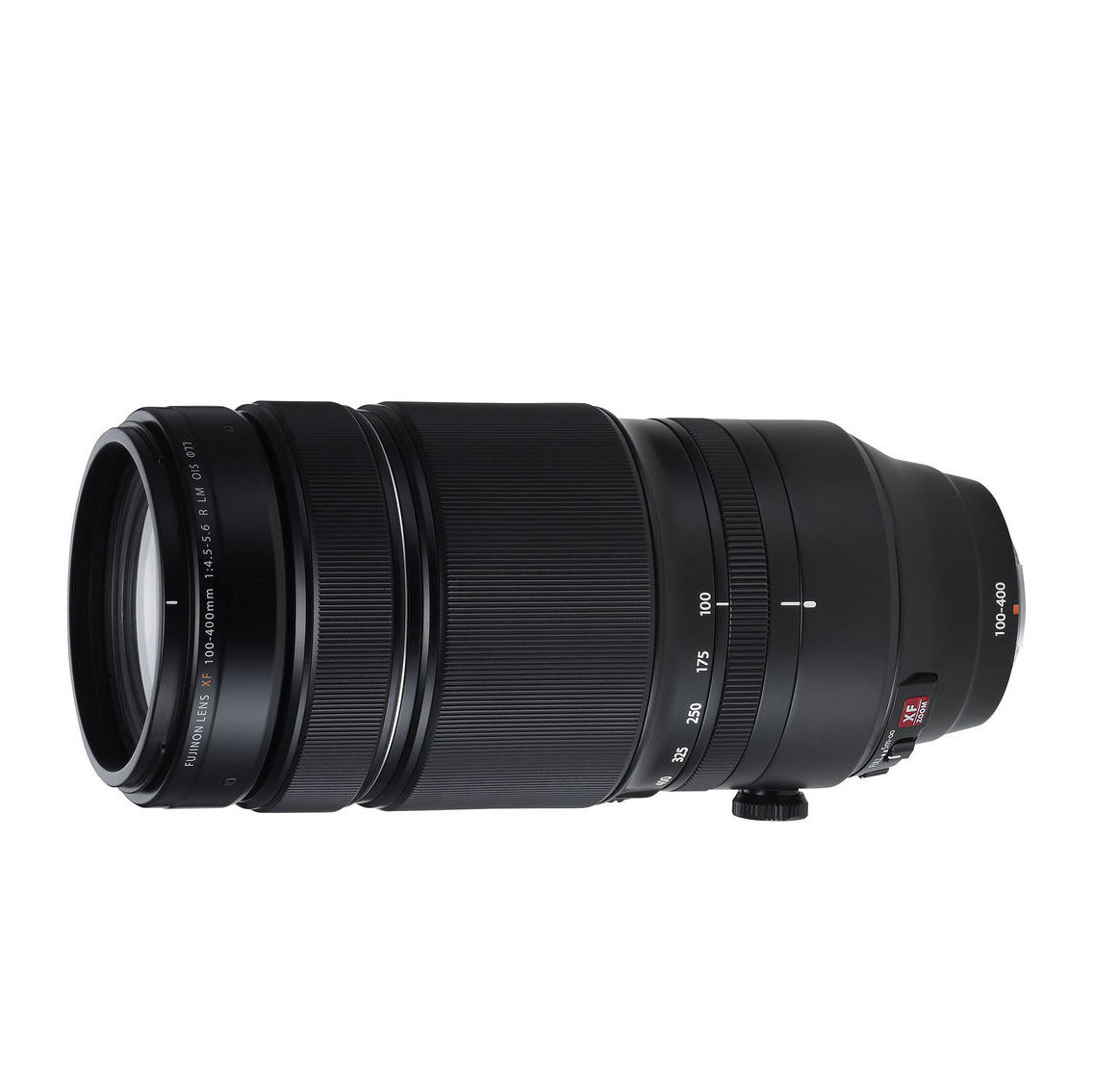
The Fujifilm XF100-400mm f/4.5-5.6 R LM OIS WR is a weather-sealed, pro-grade lens with fast autofocus, excellent image stabilization, and top-quality optics. It is compatible with teleconverters for even greater focal length.
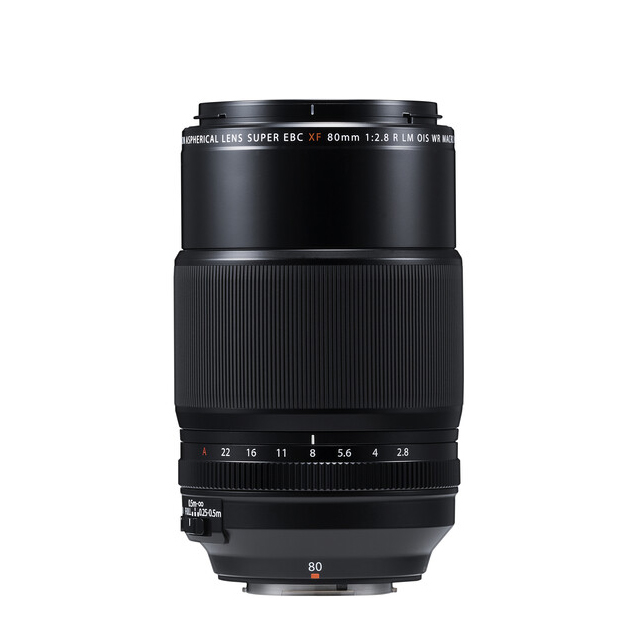
This 'full macro' lens offers 1.0x magnification at a close focus distance of 0.25m, enabling detailed reproduction of small objects on the camera's sensor. It boasts innovative features like a ceramic ball autofocus system and a 'hybrid' 5-stop stabilizer for superior accuracy and image fidelity.
The best Fujifilm lenses
Why you can trust Digital Camera World
Best Fujifilm prime lens
Specifications
Reasons to buy
Reasons to avoid
The Fujinon XF 33mm f/1.4 R LM WR expands Fujinon’s sub-range of fast f/1.4 primes. Its 33mm focal length may seem a little unusual, but as Fujifilm's X-mount cameras have APS-C sensors, the XF 33mm f/1.4 actually has an effective focal length of 50mm, in full-frame terms. For an APS-C 50mm-equivalent lens, this one is comparatively large – but that's a small price to pay for fast linear motor autofocus, an f/1.4 maximum aperture, and superb optical performance. The Fujinon XF 33mm f/1.4 R LM WR also has a physical aperture ring, working perfectly with the external shutter speed dials on cameras like the X-T30 II, X-Pro3, and X-T4 to provide classic external exposure controls for more advanced photographers and those who just like to shoot the old way!
Read our full Fujifilm XF 33mm f/1.4 R LM WR review


Best Fujifilm lens for street photography
Specifications
Reasons to buy
Reasons to avoid
We’re big fans of the original Fujinon XF27mm lens, which was extremely slim and yet delivered extremely good edge-to-edge sharpness. This new one meets the same high standards but adds weatherproofing and, even better, a physical aperture ring. It’s a great lens in its own right and even better as a kit lens for the X-E4. Fujifilm’s promise of a fast and silent AF motor didn’t seem borne out by our lens, though, which was quick enough but noisy by modern standards. Never mind that, though, because if you're looking for a lens that's small enough to go in your pocket and sharp enough to blow you away, then this is it!
Read our full Fujifilm XF 27mm f/2.8 R WR review for more details.





Best Fujifilm nifty-fifty equivalent
Specifications
Reasons to buy
Reasons to avoid
Fujifilm's other great street lens, the XF 35mm f/2 R WR is much more affordable than its f/1.4 cousin, not to mention lighter. If you can deal with being restricted to f/2, and not having that low-light and bokeh-licious flexibility, this is a great lens. As is common with Fujifilm lenses, the image quality you get for your money really is impressive here. Autofocus too is very fast, in both video and stills, thanks to the stepping motor. For carrying around town, this lightweight and weather-sealed lens is an excellent choice. It feels great to use, too, with a metallic build and tactile aperture ring.
Read more: Fujifilm XF 35mm f/2 R WR review
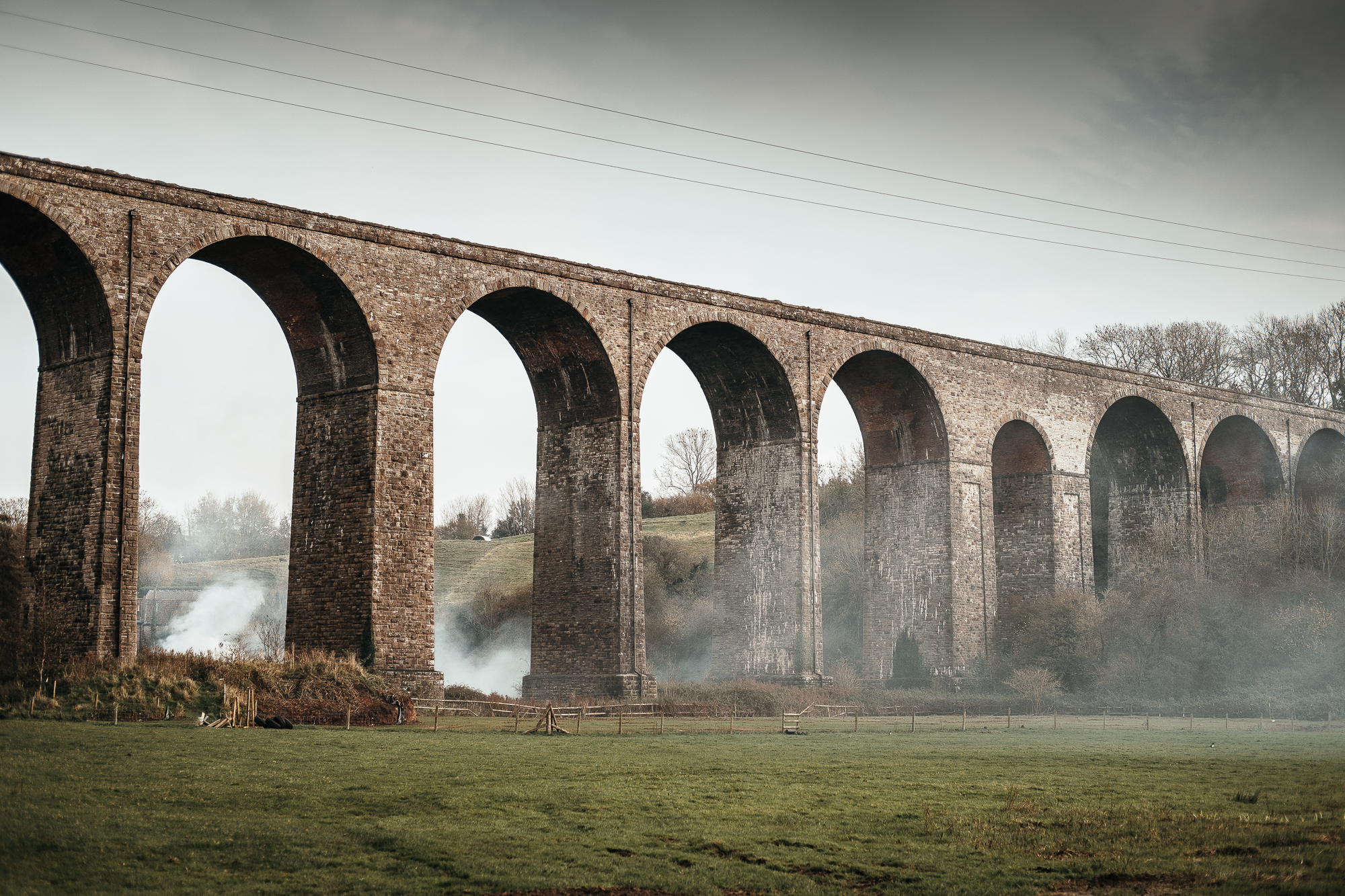
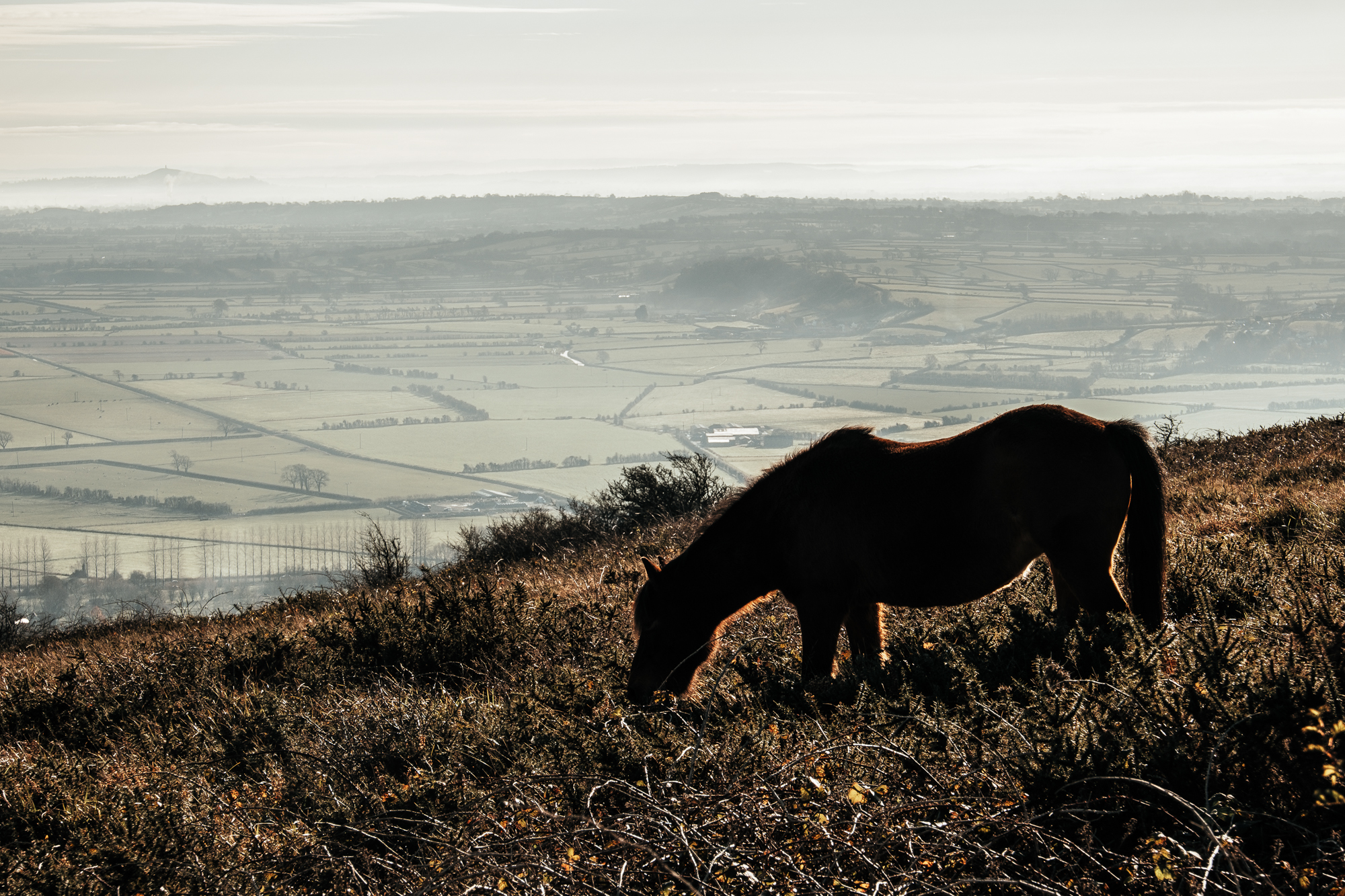
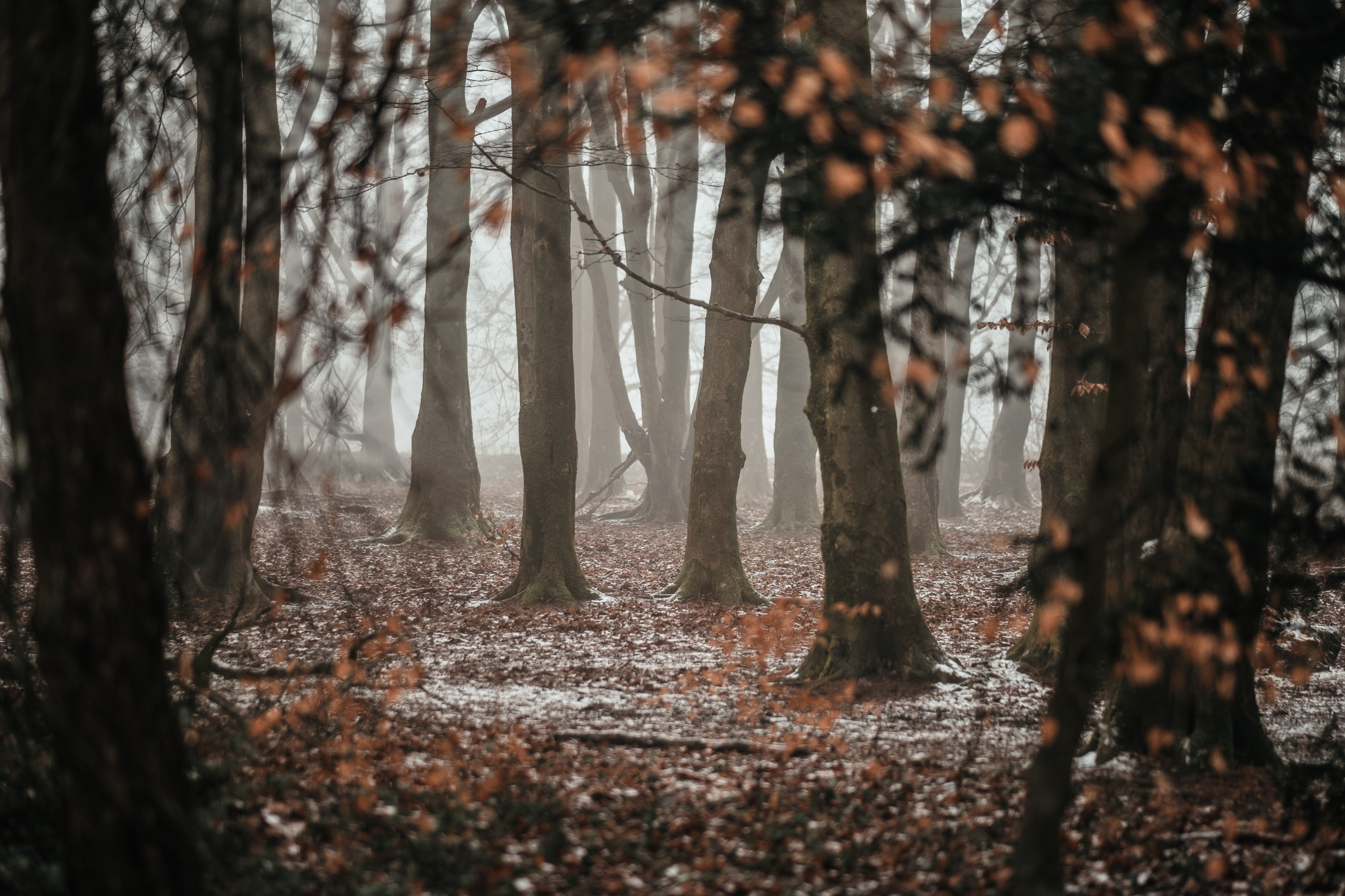

Best Fujifilm pro zoom lens
Specifications
Reasons to buy
Reasons to avoid
This top-drawer ‘red badge’ lens is Fujifilm’s answer to pro-grade 24-70mm f/2.8 lenses for full-frame DSLRs. The Fujifilm XF16-55mm f/2.8 R LM WR II actually beats them for zoom range, with an ‘effective’ 24-84mm focal length, and has a similarly robust, weather-resistant construction. Performance is fabulous in all respects, with super-fast and highly accurate autofocus enabled by a twin linear motor, plus a feast of glassware that makes sharpness and contrast spectacular. Bokeh is beautiful and there’s excellent resistance to ghosting and flare, thanks to dual conventional and nano-structure coatings. The only real minus point is that there’s no image stabilization. With the second generation, Fujifilm has also engineered the lens to be so much smaller and lighter and a much better size for its ASP-C camera bodies.
Read more: Fujifilm XF16-55mm f/2.8 R LM WR II review


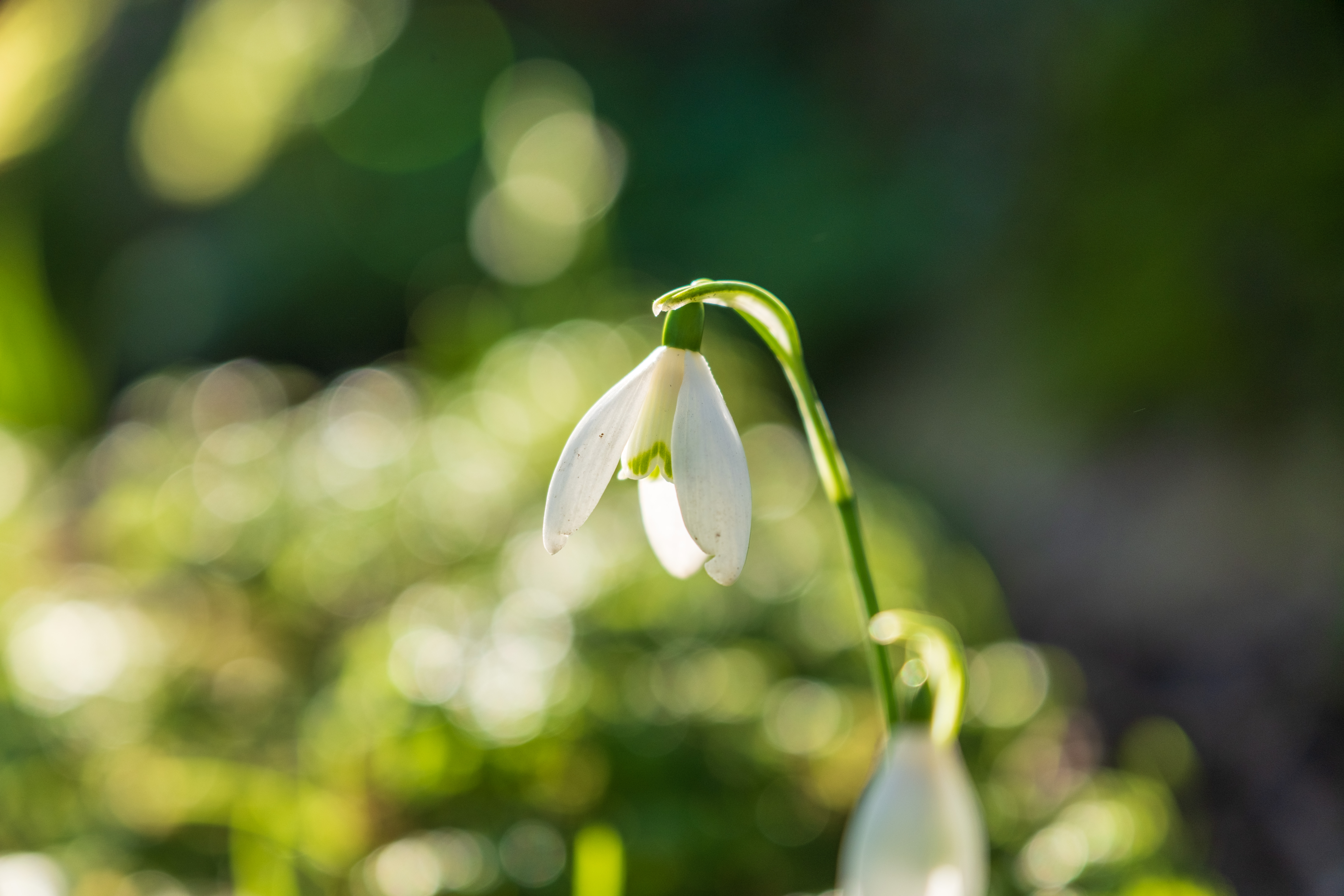


Best Fujifilm pro telephoto lens
Specifications
Reasons to buy
Reasons to avoid
Most professional and enthusiast photographers who use full-frame cameras grab a 70-200mm f/2.8 lens for telephoto shooting. The Fujifilm XF50-140mm f/2.8 R LM OIS WR is the equivalent X-mount lens with an effective 105-210mm zoom range and the same fast, constant f/2.8 aperture. It also happens to be full of ‘red badge’ finery. Like its sibling 16-55mm optic, this one has fully pro-grade build quality and high-grade glass including five ED elements and one Super ED element, plus dual conventional and nano-structure coatings. Super-fast autofocus is driven by a triple linear motor and, this time, you also get optical stabilization with class-leading 5-stop performance. The focal length range and wide aperture result in a relatively heavy build but the lens is nevertheless only two-thirds of the weight of most 70-200mm f/2.8 full-frame zooms.
Read more: Fujifilm XF50-140mm f/2.8 R LM OIS WR review




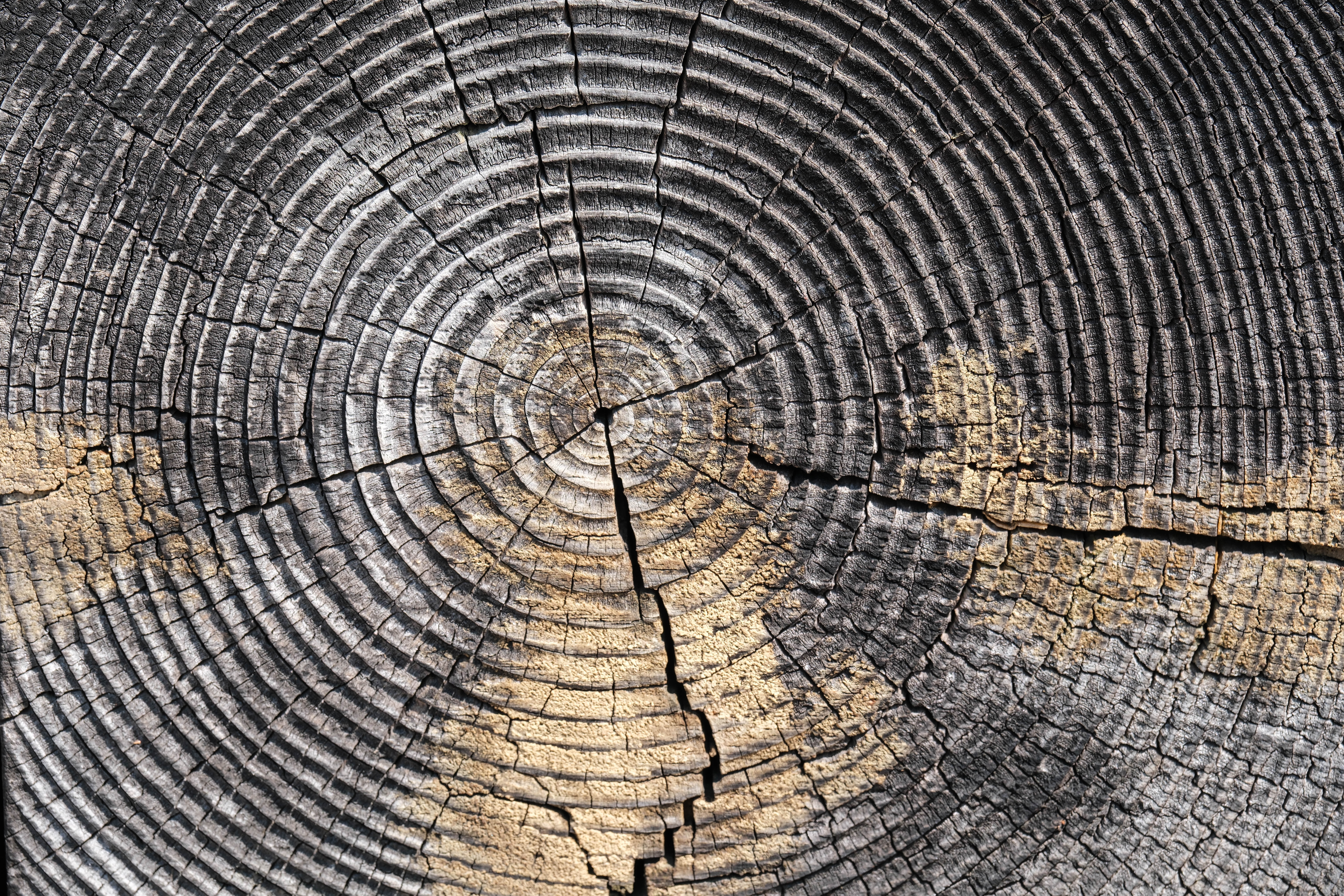
Best Fujifilm lens for travel
Specifications
Reasons to buy
Reasons to avoid
Even though most Fujifilm X-mount lenses are comparatively compact and lightweight, it can still be a chore if you need to carry multiple lenses around with you. Ideal for travel and walkabout photography, this ‘superzoom’ XF18-135mm f/3.5-5.6 R LM OIS WR takes you all the way from wide-angle coverage to serious telephoto reach, equivalent to 27-206mm on a full-frame camera. Naturally, if you like to travel light, you won’t want to be lugging a tripod around either, so the 5-stop optical stabilizer is another bonus. Not just versatile in terms of zoom range, the lens is great for everything from landscape and architectural shots to action sports and wildlife, thanks to a very fast linear motor autofocus system. You needn’t let rain stop play either, as the lens has comprehensive weather-seals applied to no fewer than 20 areas.
Read more: Fujifilm XF 18-135mm f/3.5-5.6 R LM OIS WR review
Best Fujifilm standard zoom lens
Specifications
Reasons to buy
Reasons to avoid
The Fujinon XF 16-80mmF4 R OIS WR is not the fastest X-mount lens in the Fujinon line-up – that's the XF 16-55mm f2.8 R LM WR – but it's smaller, lighter, cheaper, has a 5x zoom range and optical stabilization, so losing one f-stop in maximum aperture seems a small price to pay. We found it a consistently good performer in outdoor shooting (not so much at close range in the lab), and its build quality and handling are as good as it gets... and ALL lenses should have an aperture ring like this one! The XF 16-55mm f/2.8 might look like the best 'pro' standard zoom, but we think this is a much smaller, cheaper, and more versatile all-rounder.
Read more: Fujinon XF16-80mm F4 R OIS WR review
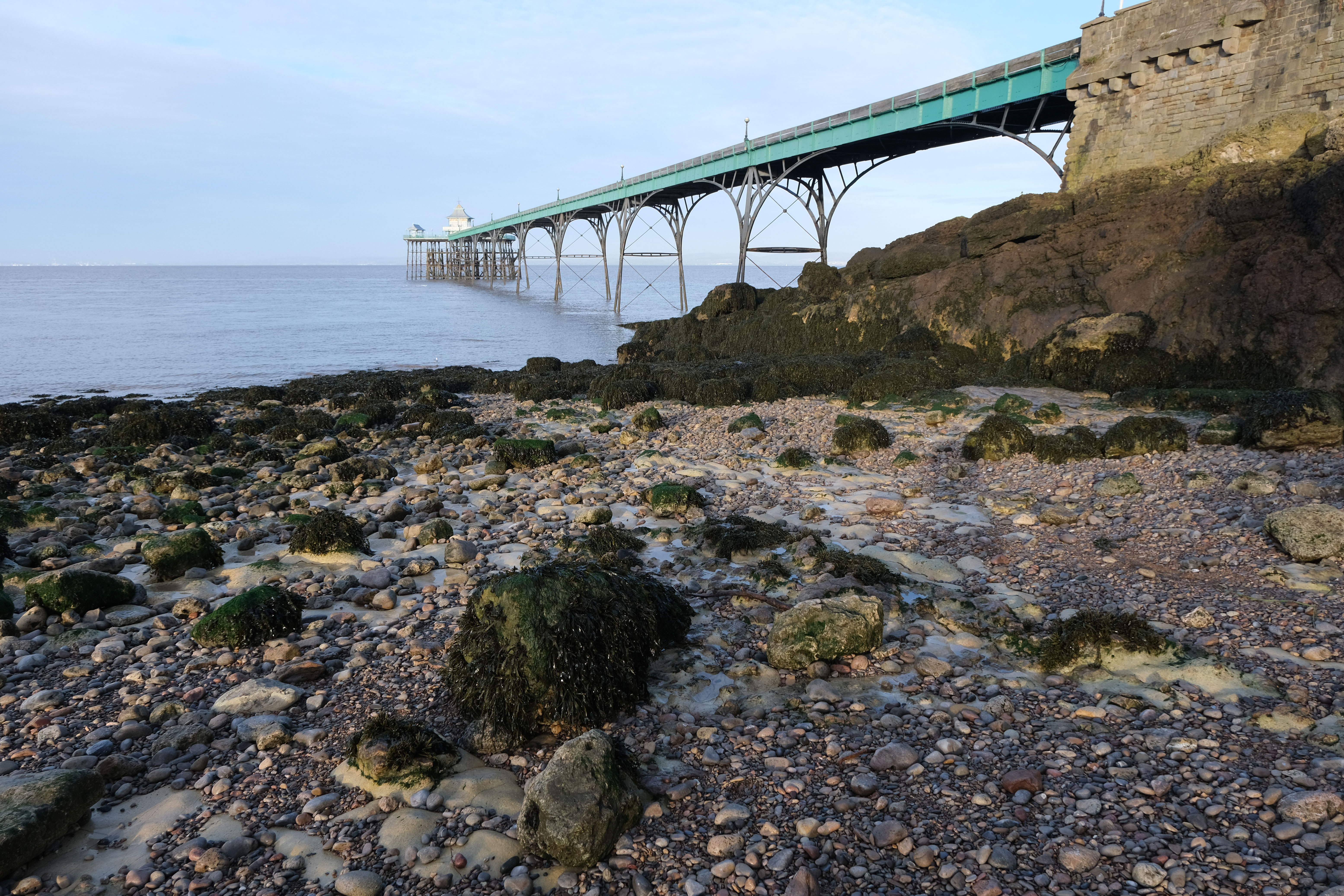

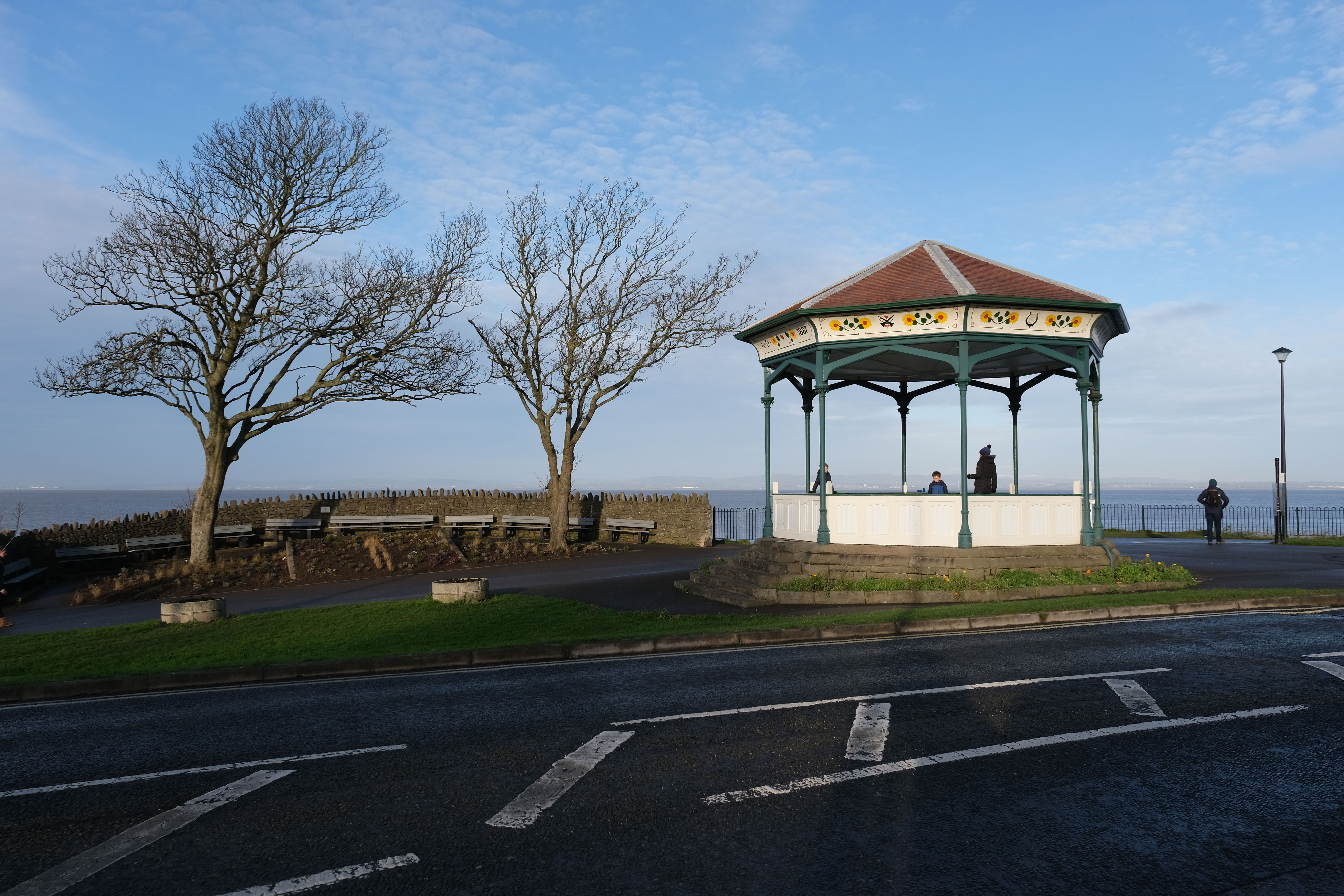
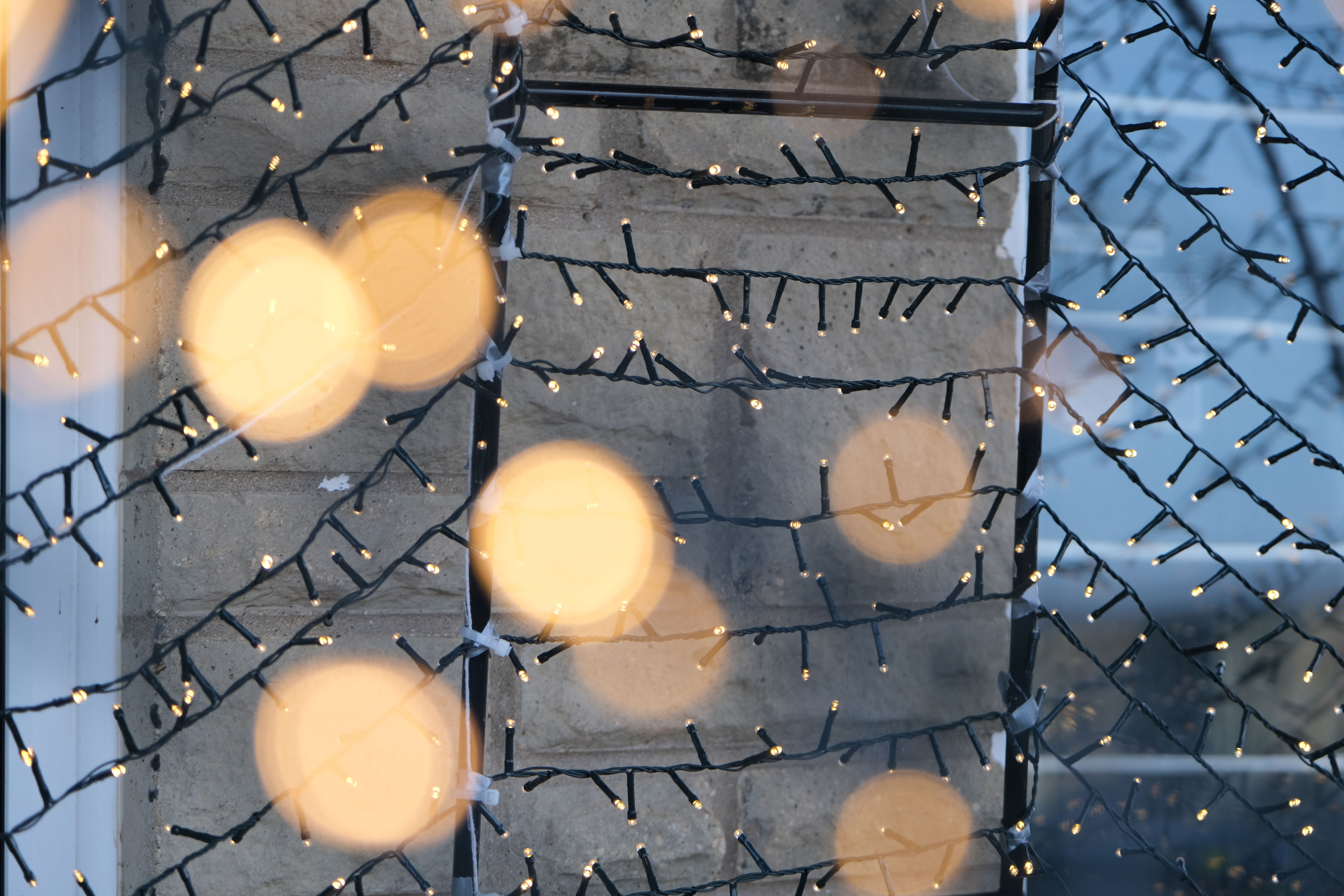

Best Fujifilm lens for sports and wildlife
Specifications
Reasons to buy
Reasons to avoid
The Fujifilm XF100-400mm f/4.5-5.6 R LM OIS WR has all the usual pro-grade attractions and weather-sealed build quality. It’s typically heavy for a super-telephoto zoom, although many on the market are substantially heavier, weighing up to twice as much. Highlights include twin linear motors for super-fast and virtually silent autofocus, a class-leading 5-stop image stabilizer, and top-quality optics that include five ED elements and one Super ED element. The lens comes complete with a tripod mounting ring and an Arca-Swiss compatible tripod plate is also available as an optional extra. And if 600mm of ‘effective’ telephoto reach isn’t enough for you, the lens is also compatible with Fujifilm’s 1.4x and 2.0x teleconverters, which boost the maximum focal length to 853mm and 1,219mm in full-frame terms.
Read more: Fujifilm XF 100-400mm f/4.5-5.6 R LM OIS WR review
Best Fujifilm macro lens
Specifications
Reasons to buy
Reasons to avoid
This ‘full macro’ lens delivers 1.0x magnification when shooting at its closest focus distance of 0.25m. It, therefore, reproduces small objects at full life size on the camera’s image sensor, and gives even greater ‘effective’ magnification than when using a similar lens on a full-frame camera, thanks to the APS-C format crop factor. The ability to massively enlarge tiny objects and very fine detail is immense. Innovative features include a newly developed autofocus system that utilizes ceramic balls on a guide rail to ensure the greatest possible accuracy and fidelity across the entire image frame. There’s also a ‘hybrid’ 5-stop stabilizer that corrects for horizontal and vertical shift as well as the usual camera vibration or ‘wobble’. This makes it much more effective during close-up shooting, although you’ll want to ensure you're using a good tripod at or near the shortest focus distance.
Read more: Fujifilm XF 80mm f/2.8 Macro lens review
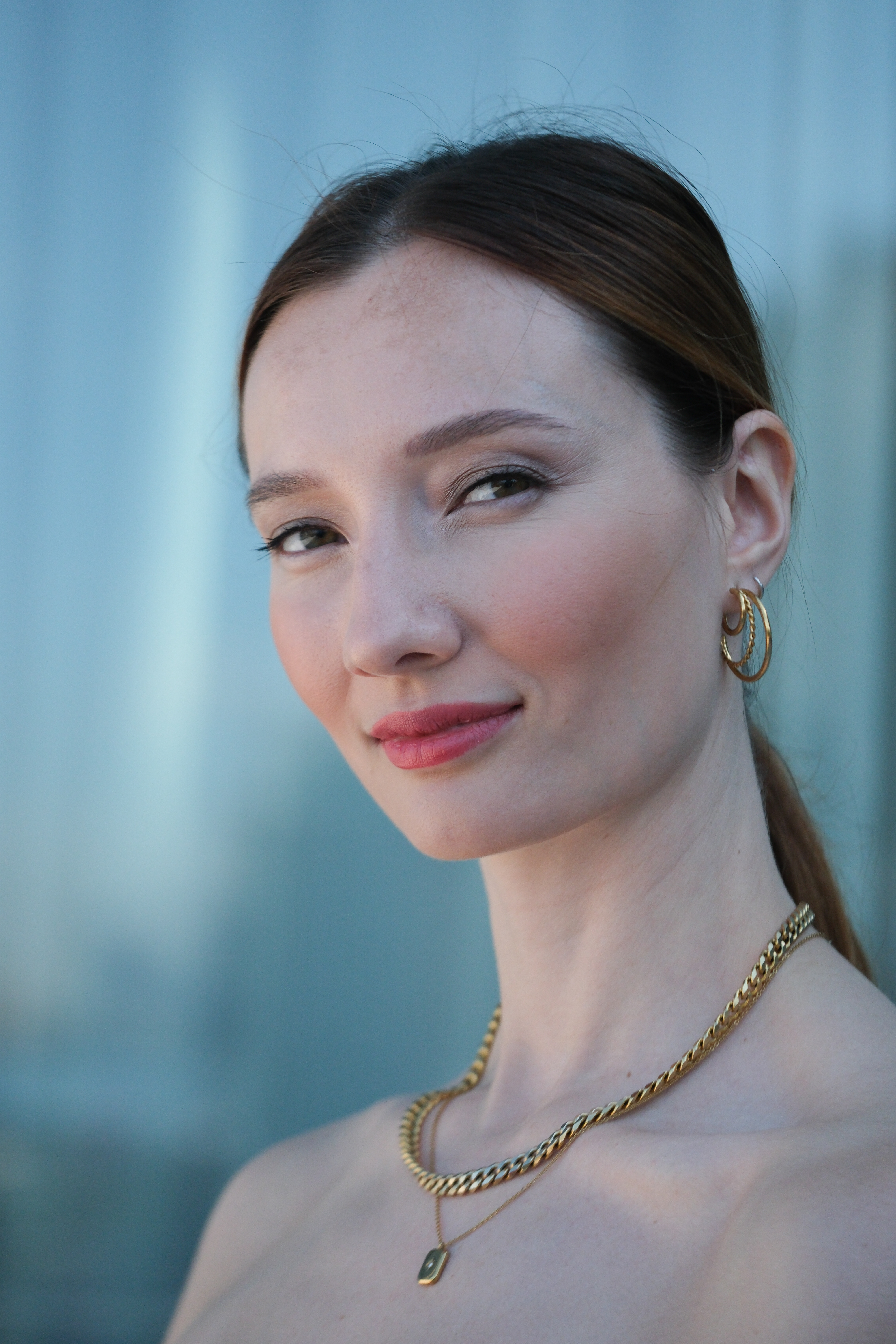
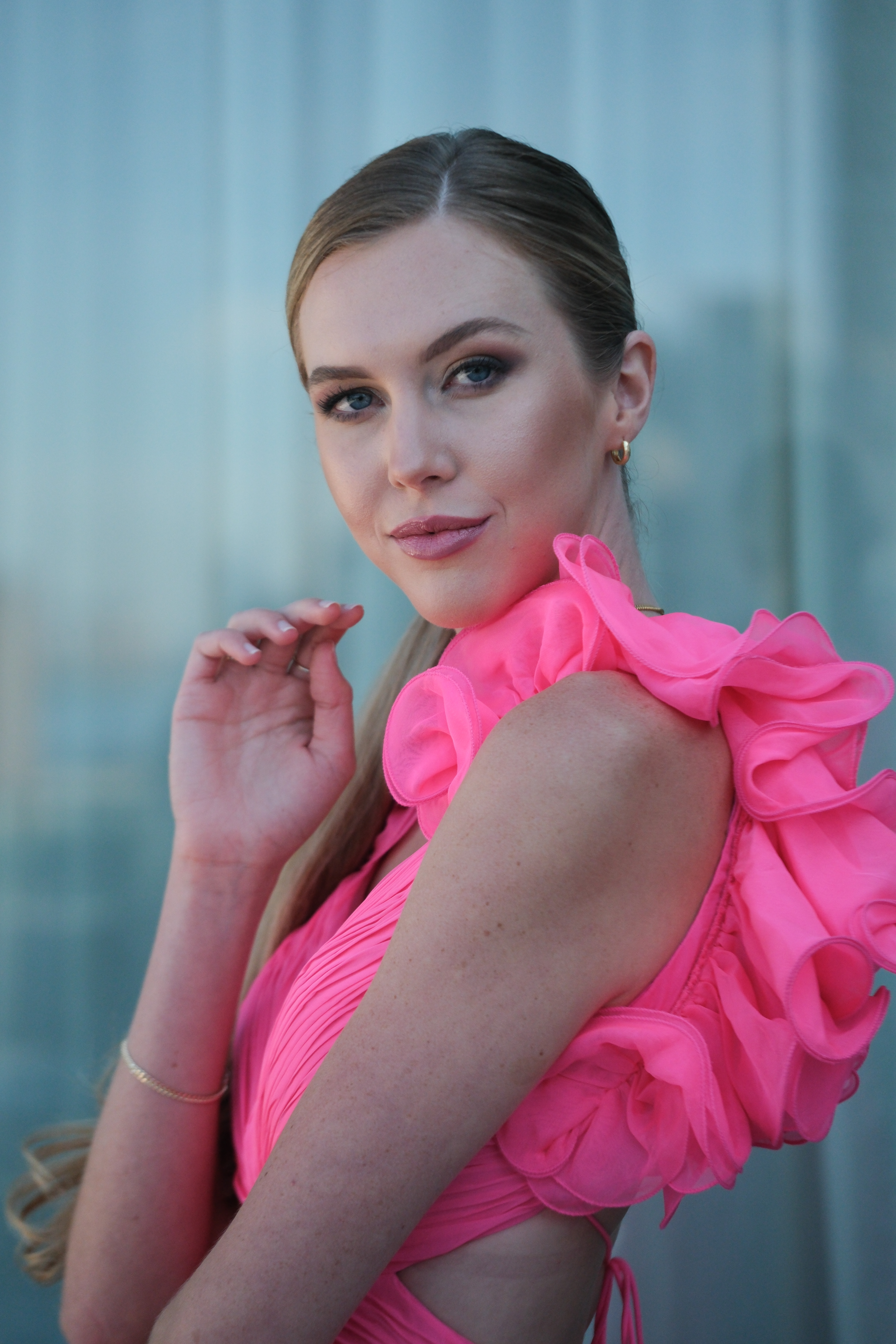

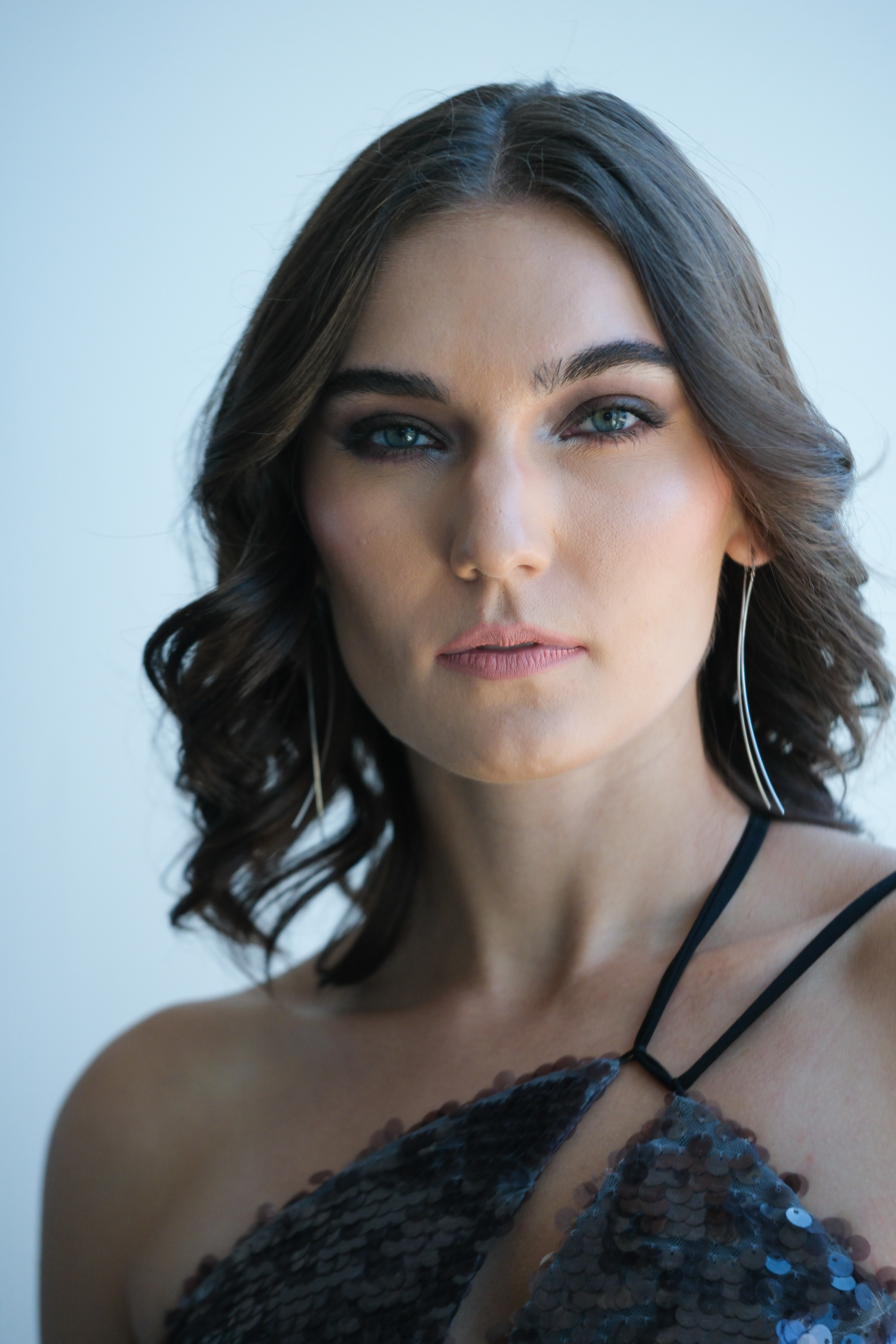
Honorable Mentions
Fujifilm XF 23mm f/1.4 R LM WR: For street photographers seeking a wider aperture than the f/2.8 of the 27mm lens, the Fujifilm f/1.4 is a great option. The Fujinon XF 23mm f/1.4 R LM WR offers exceptional image quality and fast autofocus, making it an ideal standard, street-friendly prime lens with a naturalistic 35mm equivalent focal length.
Fujifilm XF 10-24mm f/4 R OIS WR: If you're looking for a super wide lens, the Fujifilm XF 10-24mm f/4 R OIS WR is a great choice. This upgraded version of Fujifilm's ultra-wide zoom features a sleeker design, weatherproofing, and improved stabilization, while maintaining the same optical quality. Its top-notch build and constant f/4 aperture are perfect for photographers and videographers who prefer a fixed aperture across zoom settings.
How to choose the best Fujifilm lens
Firstly, ask yourself what you want to shoot. If you are interested in wildlife or sports then a big telephoto lens is the right choice, but if you want to shoot out on the street and slip your camera into a jacket pocket, then a tiny pancake lens should be top of your list.
You also need to decide if you prefer primes or zoom lenses. Prime lenses limit you to one focal length but usually have the benefit of wider apertures for better low-light photography and more creamy background blur, primes also usually have sharper optics. Zooms on the other hand offer convenience, but at the price of narrower apertures, and larger lenses.
There are usually a few different varieties of lenses that will suit your purpose, so work out what fits best for your budget. Fujifilm makes 18-55mm, 16-80mm, and 16-55mm lenses which all serve roughly the same purpose, but with very different price tags and features.
What do the letters mean on Fujifilm lenses?
Firstly Fujifilm brands its lenses as Fujinon, but these lenses are still first-party lenses designed and manufactured by Fujifilm. There are two main classifications of Fujinon lenses: XC and XF. Both of these are designed for the APS-C Fujifilm X-mount (check out our separate guide to the best Fujifilm GF lenses for Fujifilm's selection of medium format glass).
If you're on a budget, then you'll likely be looking at the XC range of lenses. Designed to be compact and portable, XC glass is generally more affordable than XF options. If you have an entry-level Fujifilm camera, such as the Fujifilm X-A7 and Fujifilm X-T200, then XC lenses should be perfect for you.
Meanwhile, XF lenses are designed to deliver fantastic image quality and top performance. Featuring a more robust construction (usually with metal barrels and mounting plates), XF lenses are typically a little more expensive than their XC counterparts.
For those photographers looking for the very best in optical quality, there are three 'Red Badge' XF zoom lenses. These are designed to represent the best Fujifilm lenses in the X-mount line-up.
You may have also noticed that most Fujifilm lenses feature a string of letters after their name. If the lens has the letter 'R', then this means that it has a manual aperture ring, giving the user quick aperture control in manual and aperture-priority shooting modes. Meanwhile, other lettering can include 'WR' (Weather-Resistant), 'OIS' (Optical Image Stabilization), and 'LM' (Linear Motor), which means faster and smoother autofocus.
How we test Fujifilm lenses
We test Fujifilm lenses using both real-world sample images and lab tests. Our lab tests are carried out scientifically in controlled conditions using the Imatest testing suite, which consists of custom charts and analysis software that measures resolution in line widths/picture height, a measurement widely used in lens and camera testing. We find the combination of lab and real-world testing works best, as each reveals different qualities and characteristics.
See more on how we test and review at Digital Camera World.
The best camera deals, reviews, product advice, and unmissable photography news, direct to your inbox!

Gareth is a photographer based in London, working as a freelance photographer and videographer for the past several years, having the privilege to shoot for some household names. With work focusing on fashion, portrait and lifestyle content creation, he has developed a range of skills covering everything from editorial shoots to social media videos. Outside of work, he has a personal passion for travel and nature photography, with a devotion to sustainability and environmental causes.

